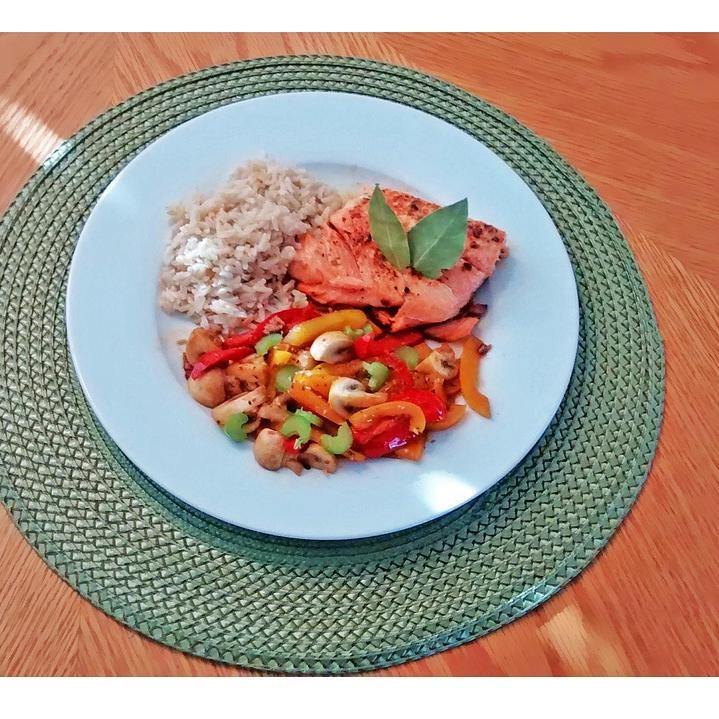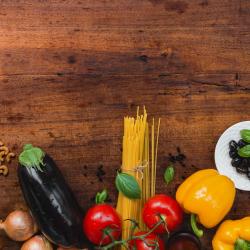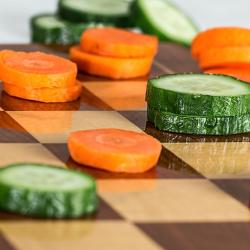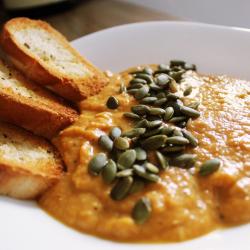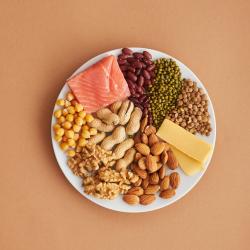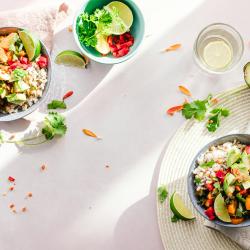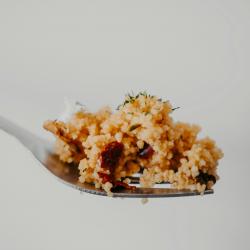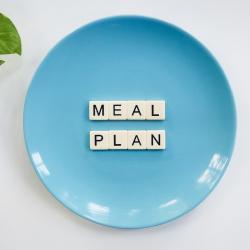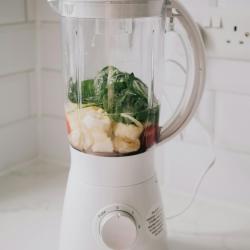How to Create Balanced, Nutrient-Dense Plates Every Time
Creating balanced, nutrient-dense plates is essential for maintaining a healthy lifestyle, managing weight, and ensuring that your body receives all the nutrients it needs to function optimally. With a few simple guidelines, you can transform your meals into powerhouses of nutrition that support your well-being. Here’s a step-by-step guide to creating balanced, nutrient-dense plates every time.
Understanding Nutrient Density
Nutrient density refers to the amount of vitamins, minerals, and other beneficial substances in a food relative to its energy content (calories). Foods that are high in nutrients but lower in calories are considered nutrient-dense. Focusing on these foods ensures that you are providing your body with essential nutrients without consuming excess calories.
The Components of a Balanced Plate
A well-balanced plate typically consists of the following components:
-
Protein: Essential for building and repairing tissues, producing enzymes and hormones, and supporting immune function. Examples include lean meats, poultry, fish, tofu, legumes, and dairy products.
-
Carbohydrates: The primary source of energy for your body. Opt for complex carbohydrates like whole grains, fruits, and vegetables, which provide fiber and essential nutrients.
-
Healthy Fats: Important for brain health, hormone production, and absorption of fat-soluble vitamins. Include sources such as avocados, nuts, seeds, and olive oil.
-
Vitamins and Minerals: Found abundantly in fruits and vegetables. Aim to include a variety of colors to ensure a wide range of nutrients.
-
Water: While not part of the plate itself, staying hydrated is crucial for overall health. Drink water with your meals and throughout the day.
Steps to Create Nutrient-Dense Plates
1. Start with Vegetables
Fill half your plate with a variety of colorful vegetables. They are low in calories but high in fiber, vitamins, and minerals. Leafy greens, bell peppers, carrots, and tomatoes are excellent choices. Experiment with different cooking methods, such as steaming, roasting, or grilling, to keep things interesting.
2. Add Lean Protein
Allocate one-quarter of your plate to lean protein sources. Options like grilled chicken, baked fish, beans, lentils, or tofu provide the necessary amino acids for bodily functions. Adjust portion sizes according to your dietary needs and activity levels.
3. Incorporate Whole Grains
Use the remaining quarter of your plate for whole grains or starchy vegetables. Brown rice, quinoa, whole wheat pasta, or sweet potatoes are excellent choices. These provide energy and enhance satiety due to their fiber content.
4. Include Healthy Fats
Don’t shy away from adding a small portion of healthy fats. Drizzle olive oil over your salad, sprinkle nuts or seeds on your vegetables, or slice some avocado onto your protein source. These fats support heart health and aid in nutrient absorption.
5. Mix and Match Flavors and Textures
Balance isn't just about nutrients; it's also about flavors and textures. Mix sweet, savory, crunchy, and creamy elements to make your meal enjoyable and satisfying. Herbs, spices, and citrus juices can add flavor without extra calories.
Tips for Success
- Plan Ahead: Meal prep can help ensure you have the right ingredients on hand to create nutrient-dense meals.
- Seasonal and Local Produce: Choose seasonal and locally-sourced produce for fresher, more nutritious options.
- Mindful Eating: Pay attention to your hunger cues and practice portion control to avoid overeating, even with healthy foods.
Conclusion
Creating balanced, nutrient-dense plates is not about strict diets or complex rules. It’s about enjoying a variety of foods that nourish your body and mind. By focusing on whole, minimally processed foods and combining them in appropriate portions, you can build meals that support lasting health. Enjoy experimenting with different ingredients and flavors to keep your meals exciting and satisfying.
